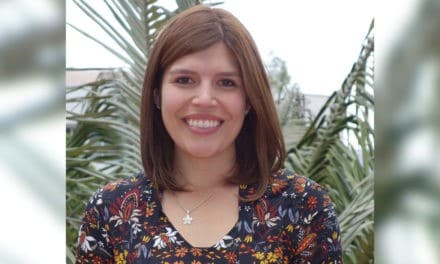Dr. Kristi Adamo, Zach Ferraro and Kendra Brett recently published a paper in the International Journal of Environmental Research and Public Health titled, “Can We Modify the Intrauterine Environment to Halt the Intergenerational Cycle of Obesity?” This review paper discusses the interplay between maternal obesity, gestational weight gain and lifestyle behaviours, which may act independently or in combination, to perpetuate the intergenerational cycle of obesity. The authors also discuss how maternal nutrition and/or physical activity that may induce beneficial physiological alternations in the fetus that are mediated through favourable adaptations to in utero environmental stimuli.
Full citation details are below:
Kristi B. Adamo, Zachary M. Ferraro, Kendra E. Brett. Can We Modify the Intrauterine Environment to Halt the Intergenerational Cycle of Obesity? Int. J. Environ. Res. Public Health 2012, 9(4), 1263-1307.
ABSTRACT: Child obesity is a global epidemic whose development is rooted in complex and multi-factorial interactions. Once established, obesity is difficult to reverse and epidemiological, animal model, and experimental studies have provided strong evidence implicating the intrauterine environment in downstream obesity. This review focuses on the interplay between maternal obesity, gestational weight gain and lifestyle behaviours, which may act independently or in combination, to perpetuate the intergenerational cycle of obesity. The gestational period, is a crucial time of growth, development and physiological change in mother and child. This provides a window of opportunity for intervention via maternal nutrition and/or physical activity that may induce beneficial physiological alternations in the fetus that are mediated through favourable adaptations to in utero environmental stimuli. Evidence in the emerging field of epigenetics suggests that chronic, sub-clinical perturbations during pregnancy may affect fetal phenotype and long-term human data from ongoing randomized controlled trials will further aid in establishing the science behind ones predisposition to positive energy balance.
The article is open-access and available here.



